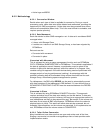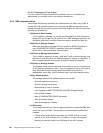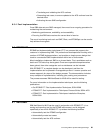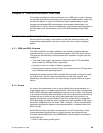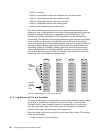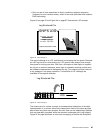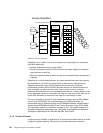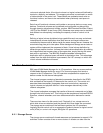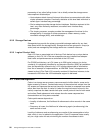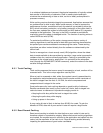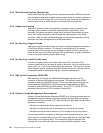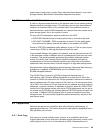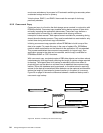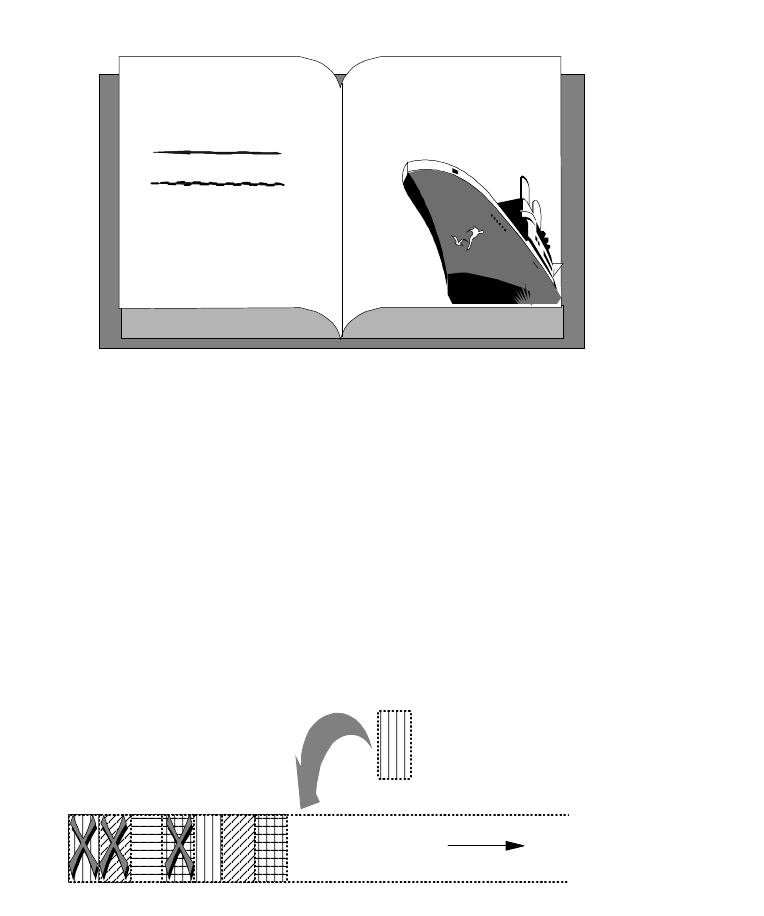
Disk Environment Overview 87
• Only one set of write operations to disk in continuous physical sequence
(instead of a set of random writes), which is the most optimized write mode for
RAID technology
Figure 23 on page 87 and Figure 24 on page 87 illustrate the LSF concept.
Figure 23. LSF Concept 1
The main challenge of an LSF architecture is managing the free space. Because
the LSF log has to be never-ending, an LSF system must always have enough
free space for writing new data. Over time, old copies of data begin to fragment
the log, so to reclaim free space, some type of automatic cleaning routine must
be hardware implemented to defragment the log. This cleaning is often referred
to as garbage or free space collection. The benefits of LSF outweigh the
overhead of free space collection.
Figure 24. LSF Concept 2
The timed view of a volume, through an instantaneous duplication of the table
representation of a volume, allows two independent views of the same physical
data without any data move process. So each view can do independent updates
that are separately recorded, while the common unchanged part is still shared.
Figure 25 on page 88 shows an overview of snapping a volume with SnapShot.
Log Structured File
SHIP'S LOG
49D12.26N 123D14.92W
49D14.07N 123D16.04W
49D19.69N 123D16.22W
Only the last position is valid!
Log Structured File...
LOG
D
A
T
A
D
A
T
A
D
A
T
A
D
A
T
A
D
A
T
A
D
A
T
A
D
A
T
A
D
A
T
A



